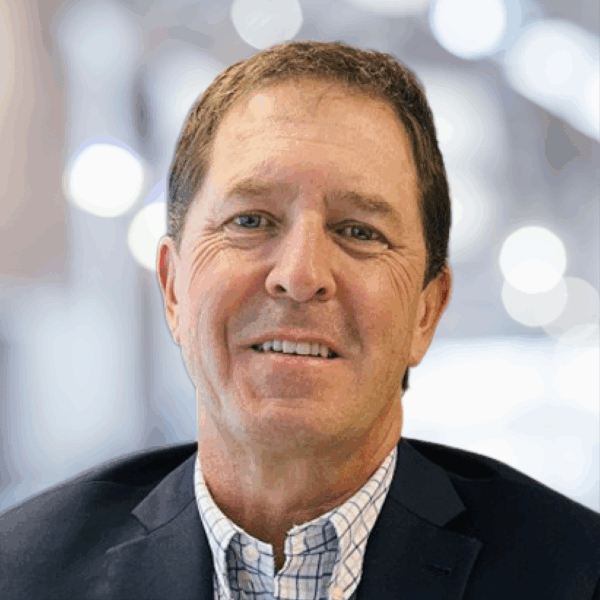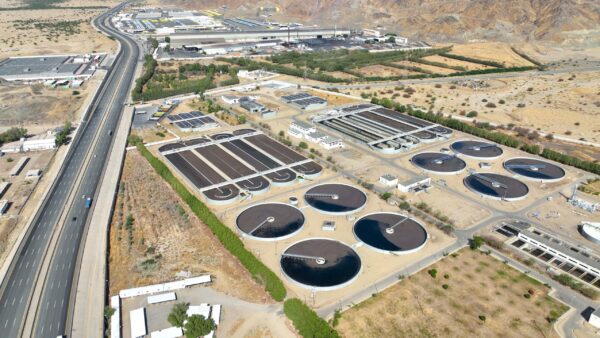
August 27, 2025 | Articles

The North American continent boasts diverse deposits of natural resources. Rich soils span much of the continent laterally and support agriculture suited for the diverse climates of the continent. Forests with a grand variety of trees and wildlife provide timber resources and beautiful tourist destinations. Manifold freshwater sources support aquatic life and help the flora and fauna of the land thrive. Metals and fuel sources provide an abundance of jobs and wealth.
Despite the beauty and wealth of North America, overharvesting and mismanagement of these resources have caused significant public concern for nearly six decades. Growing awareness of climate change has further increased the need for careful stewardship of the environment. But even without such high stakes involved, it is no easy task to carefully manage natural resources on a continental level.
In the U.S., a balance of state and federal regulations help to manage the publicly and privately owned resources throughout the country. On a smaller, state-wide level, management of public natural resources can be quite difficult. Funding must be secured to implement projects that conserve the environment, harness its resources, or enhance the public’s environmental experiences. To secure such funding, state departments in charge of natural resources vie with other important public agencies for public funds or produce and manage their own funding. Then, all the funds that do become available for environmental stewardship must be implemented to best meet the interests of the entire constituency.
In Ohio, Hill International, Inc. provides owner’s agent services to the Ohio Department of Natural Resources’ (ODNR) Engineering Division for the agency’s capital improvement initiative (CIP). Hill has been working alongside the ODNR since 2015 and has assisted ODNR in implementing approximately $1 billion in projects in that time. This CIP provides a sampling of the sort of complexities that go into effectively overseeing, planning, and implementing natural resource projects throughout a state.
To materialize the scope of the CIP, it is first useful to take a look at some of the figures provided by the Department’s website. In terms of land, “ODNR owns and manages more than 800,000 acres…including 75 state parks, 21 state forests, 136 state nature preserves, and 150 wildlife areas.” The website also mentions, “120,000 acres of inland waters; 7,000 miles of streams; 481 miles of Ohio River; and 2.25 million acres of Lake Erie” within the jurisdiction of the Department.
In that space, all hunting, fishing, and watercraft activities in Ohio, permitting for mineral extraction, dam maintenance, mapping, and public relations are within the domain of the ODNR. The operations of all of these different domains are managed by divisions of the Department, such as the Division of Wildlife and the Division of Oil and Gas Resources Management. Each of these division operates individually and changes to respond to the needs of the state. Importantly, all the divisions receive separate funding. A variety of restrictions and expectations are associated with all of the potential funds for projects that a particular Division would undertake. This creates a complicated nexus of money to be managed.
Accordingly, the specific projects that Hill supports under the umbrella of the Department-wide CIP are diverse, impressive, and demanding. New dams, modern marinas, important water-treatment infrastructure, and idyllic campgrounds throughout Ohio are some of the end products of the program. Each project demands careful management from a team of Hill and ODNR professionals through its entire life cycle. From design through construction and close-out, Hill professionals offer a full range of construction and project management services.
Though Hill works with the ODNR’s Engineering Division, each specific project is for a different end user (i.e. one of the ODNR’s other Divisions). Some projects even involve coordination between Divisions or with government departments outside of the ODNR. Varying delivery methods, including design-build and construction manager at-risk, add further complexity. Moreover, projects involving the management of natural resources are often remote. Travel distance, complex terrain, and the added logistical complications constitute challenges of their own.
Professionals supporting the CIP and its projects must be flexible and capable of learning on the fly—given the project complexities briefly described. Yet, despite the many challenges that Hill’s professionals overcome as project managers, their management of the overall program provides the best value for the client. Without the optimization of the available resources, delivering each of the individual projects would be significantly more challenging.
Working in collaboration with ODNR, Hill’s primary tasks include strategic planning and identifying construction best practices and processes. Additional program work assignments include program budget management/cost accounting for approximately $150 million per year in capital funding across multiple account lines; financial, contract compliance, and other data collection and reporting; compliance and constructability reviews of design documents; reviewing pre-construction cost estimates; independent cost estimates of portions of work; reconciling estimates with budget and negotiation of a guaranteed maximum price; attending progress meetings as needed; reviewing contractor’s monthly pay applications for owner approval; reviewing and resolving construction claims involving the owner or modifications to the negotiated guaranteed maximum price; supplementing quality assurance/quality control services; and assisting in punch-list review for owner accuracy.
Cash flow projections and financial controls are paramount to the success of the program. The state has a “wish list” of projects it wishes to accomplish and designates its priorities. The money made available each year for projects includes a variety of restrictions that need to be carefully managed prior to project implementation. The oversight that the financial management team provides allows the optimal amount of money to flow to projects according to the desires of the state. And of course, the desires of the state attempt to reflect the needs of the tax-paying constituents.
Still, the needs and priorities of both the public and the state can change throughout the capital funding period. It is important for Hill’s professionals to dynamically adapt to these needs and priorities as they shift. For example, emergency projects may arise and drastically change the funding plans of the ODNR. The market conditions can also vary. This can affect projected budgets, especially for projects within Divisions, whose resource prices are highly variable, such as the Division of Oil and Gas Resources Management.
With so many potential variables in play behind the complicated construction work, the program team makes use of a financial tracking report to track the funds allotted to each project. By carefully analyzing information gathered from the ongoing projects, the program team continuously collaborates on the best way to distribute the money for accomplishing work on time and under budget.
It is no easy feat to effectively manage the resources of a state. Nevertheless, the ODNR, Hill, and the rest of the program/project teams get the job done. By constantly monitoring the overall needs of the program using the financial tracking report and using an experienced owner’s agent with a full understanding of individual projects’ needs, the ODNR situated itself well to steward Ohio’s diverse natural resource for all those who fish, camp, work, and play there.
Share

August 27, 2025 | Articles

August 12, 2025 | Articles
Hill Welcomes Ben Schwenk as Senior Vice President in the Kingdom of Saudi Arabia

July 27, 2025 | Articles
The Infrastructure Puzzle: Robert Regalado’s Wholistic Business Development Approach

July 13, 2025 | Articles
Tech-Forward Contracting: A Much-Needed Construction Solution

June 23, 2025 | Articles
Jeffrey Hurley Joins Hill’s Northern California Rail Practice

June 23, 2025 | Articles
Ready, Set, Grow: First VP Chad Koelling Takes Charge of Hill’s Mountain West Region

June 8, 2025 | Articles
PMO in Saudi Arabia: The Holistic Approach to Realizing a National Mega-Portfolio